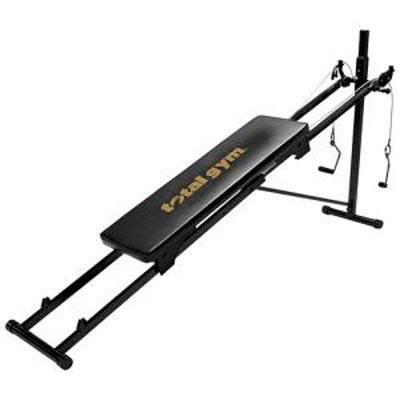Hello Gentlemen (I havent seen Rachel in a long time, so I figure that’s safe),
Obviously my first post in a long time - I took some time off to focus on a return to school and deal with some skin cancer issues, but should defend my thesis in November and have more time to get back to the serious stuff: building boards and surfing more.
Anyway, today’s topic is lower back pain. I’m 42, 6’5" and about 195lbs., pretty lean at that. After increasing amounts of back pain and repeated chiropractor visits, I had an MRI done yesterday which revealed 4 herniated discs, some sciatic issues and disc degeneration allowing the vertebrae to touch - ouch.
As there is lots of contradictory information out there, I thought I’d ask here. The tradition of good avice is a strong one: Bill’s ear drops have my ear canals looking good, and Huck’s aloe energy drink, well, it works.
So: non-surgery treatment options? Stretches, exercise routines, diets? I tend to be pretty serious and I’ll stick to whatever routine is required. Best way to ease back into the water? Right now I couldn’t pop up to save my life. Maybe my daughter’s, but mine? No way;
And, I was thinking of shaping a lighter, big board to ease the knee paddling issues. Pretty standard 9’6" to 10’ with plenty of volume, lowish rocker not to push too much water, with fairly modern longboard rails (I like the old-school stuff at times, but think that a more precise positioning on the wave would allow me to work my back much less than getting all slip-slidey…).
Thoughts, insights, observations on any or all of the above are greatlyappreciated.
Mahalo.

